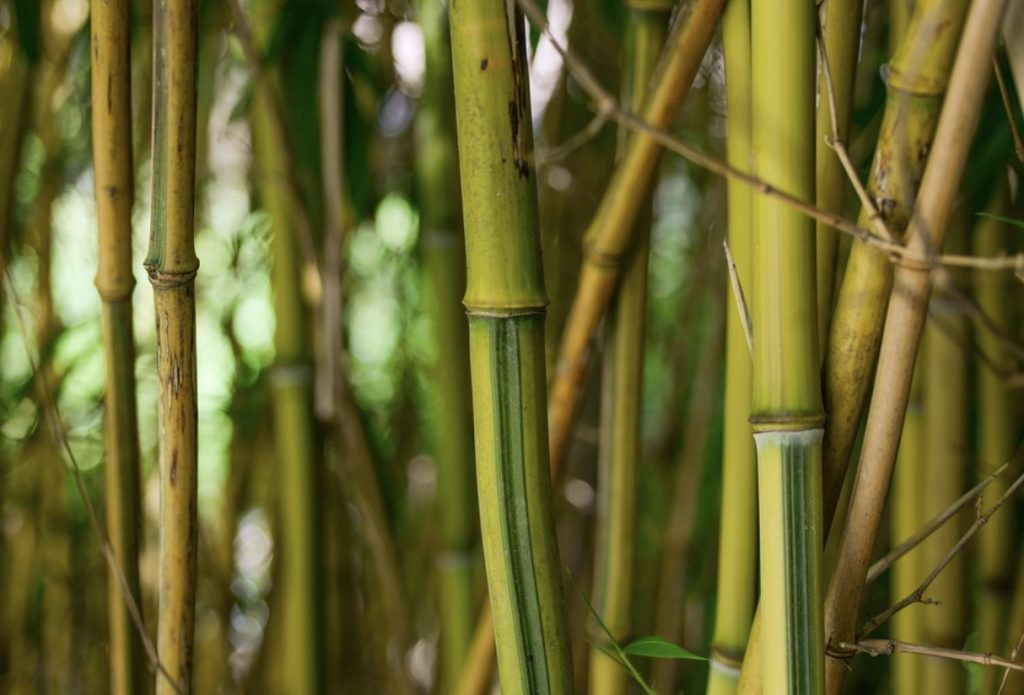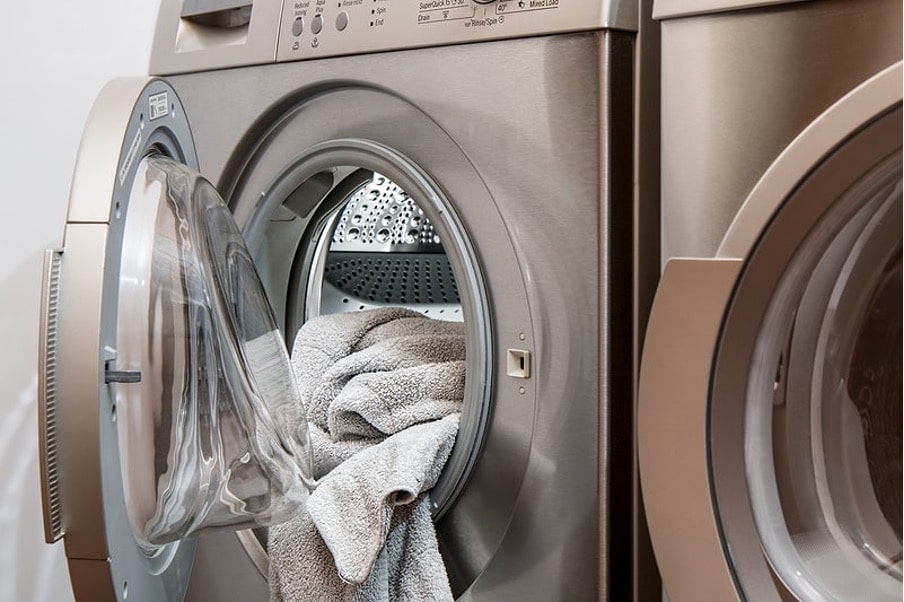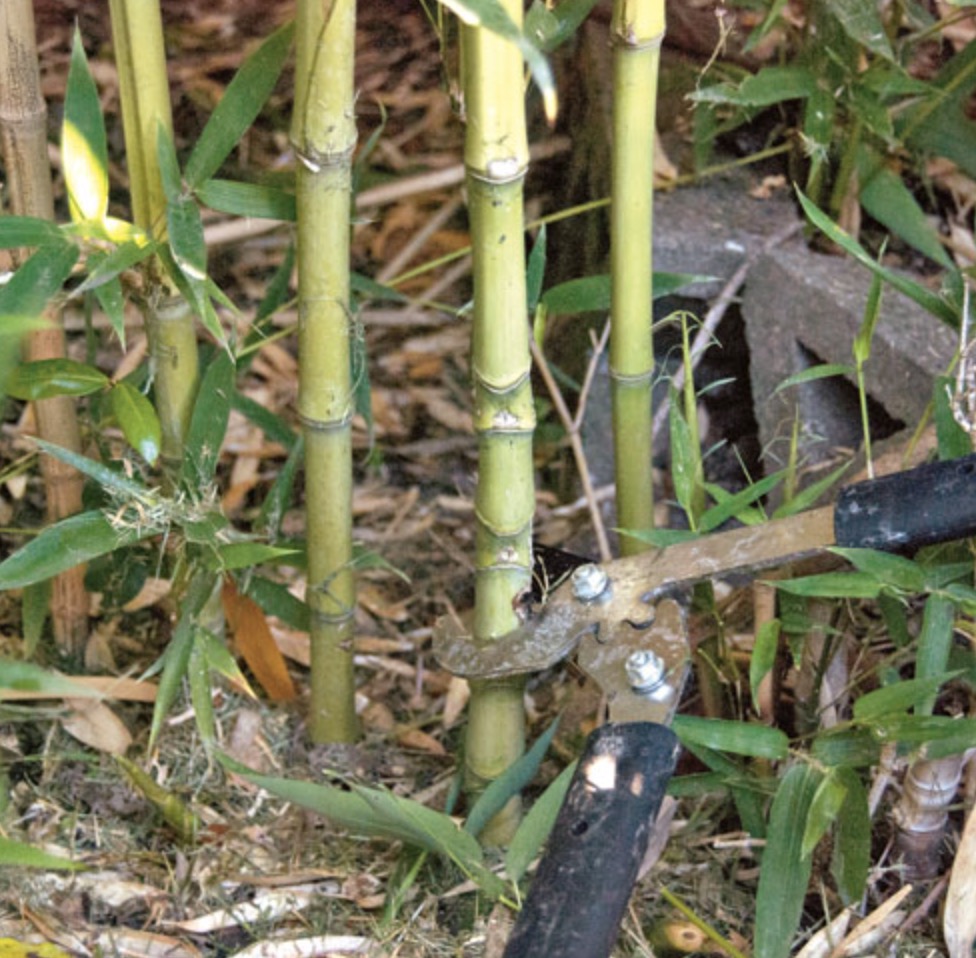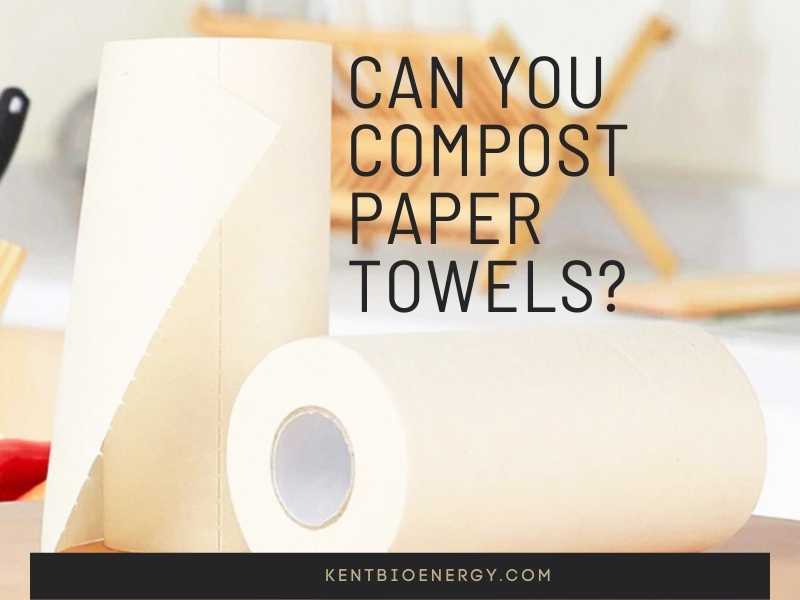Bamboo is quite an easy plant to look after, but it does not mean you can entirely keep your garden healthy without really understanding it. If you intend to grow some in your garden, there are several crucial factors that you need to learn to cultivate it successfully. Let’s check out some tips on how to care for bamboo plants in this post.
Thing You Need To Know Before Taking Care Of Your Bamboo Plants
Before getting into more details of this topic, it is critical that you thoroughly understand your plant. Knowing what you’re growing will make it easier to determine critical factors like sunlight, water, mulch, and fertilizer needs.
There are multiple bamboo species on Earth, but not all of them require the same care. Some prefer soggy soil, while others detest it. Some types thrive in direct sunlight, yet others enjoy more shade.
You’d better check out your bamboo species before digging in our post.

Essential Cares For A Healthy Bamboo Plant
Bamboo requires some initial care to get established, but over time, it can typically thrive. Let’s check out some essential care you need to consider for a healthy bamboo garden!
Soil
The first essential care for your bamboo must be soil. The soil should be well-drained, aerated, light in structure, and rich in nutrients, no matter where you choose to grow your bamboo plants.
Bamboo prefers moist soil that is not soggy or waterlogged, and loamy soil appears to have the best properties for growing bamboo.
Choosing soil type is not enough. You also need to pay attention to the soil’s pH level. Most species prefer a neutral pH level with low acidity, and bamboo plants are not an exception.
Watering
When it comes to gardening, watering is a must-do task. Although most mature bamboo plants do not require as much water as newly planted ones, they still need a particular amount of water supply.
Watering regularly will help establish your bamboo plants and produce better results, especially with young bamboo in hot weather or dry winds. Once they have grown to maturity, they can survive on a smaller amount of water. Still, until then, you need to make sure that they do not dry out.
Sunlight & Heat
Bamboo does not prefer direct sunlight. Most will enjoy living in an environment with partial shade or places with high humidity. Hence, you should control the amount of sunlight your bamboo plants receive and prevent stress from overexposure and drought.
Assuming you want to avoid direct sunlight for your bamboo, you can install a sunshade or shade cloth. You can also water your bamboo plants more frequently during the hot days to prevent them from dying out.
Fertilizer
Bamboo is a robust plant on its own, so you don’t necessarily fertilize it. Yet, if you feel the need to fertilize, do so after the last hard frost in winter or early spring. It should also occur before new shoots come.
You need to select a fertilizer that is high in nitrogen, potassium, and phosphorus, which is available at any fertilizer store. You can continue to fertilize on a regular basis throughout the spring and summer but avoid the winter months or the inactive growing season.
Mulch
Mulch protects your plants from the negative effects of extreme weather as it helps maintain the root system warm in the winter and moist in the summer. It may also return nutritious value to the soil, depending on the material used.
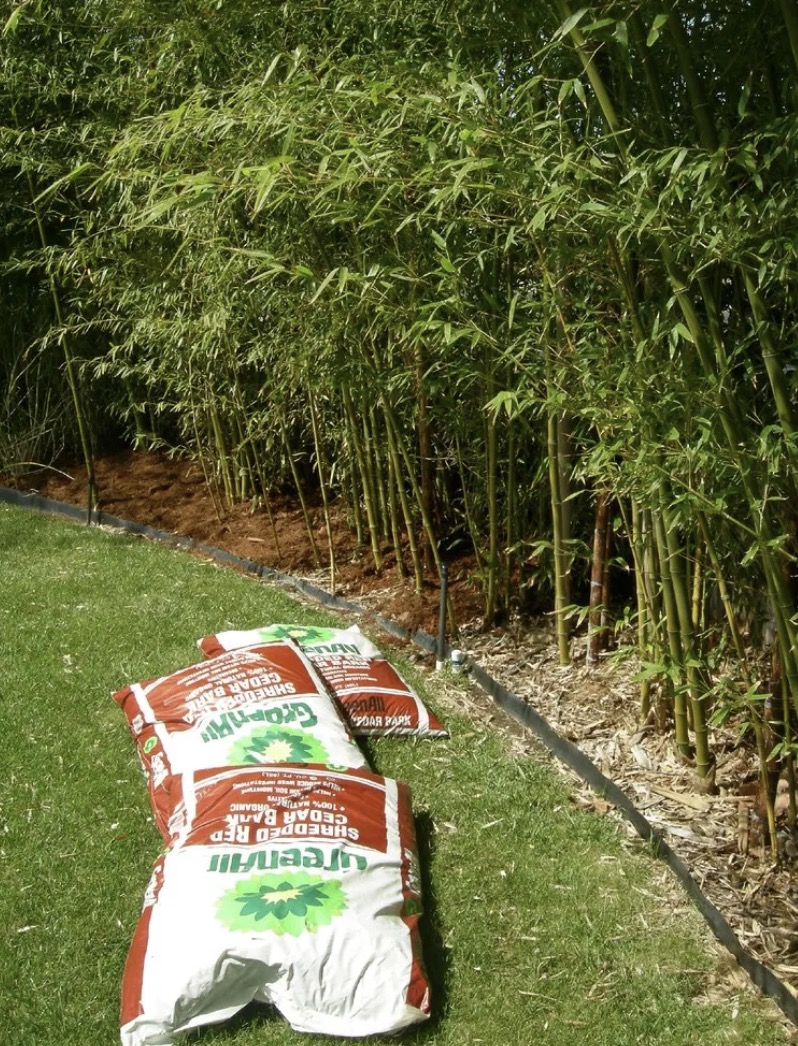
The leaf itself is the most natural and cost-effective mulch. Provided that you don’t rake it up, you’ll already have a perfect covering, you can also manufacture your mulch from grass clippings, composted manure, sugar cane, straw, and other yard waste. If this is beyond your ability, you can purchase pre-packed mulch at any garden center as an alternative.
Maintenance Routine
In order to keep your bamboo plants healthy and beautiful, you should follow a proper maintenance routine. Some species necessitate more upkeep than others. For example, you need to control the spread of a running bamboo garden.
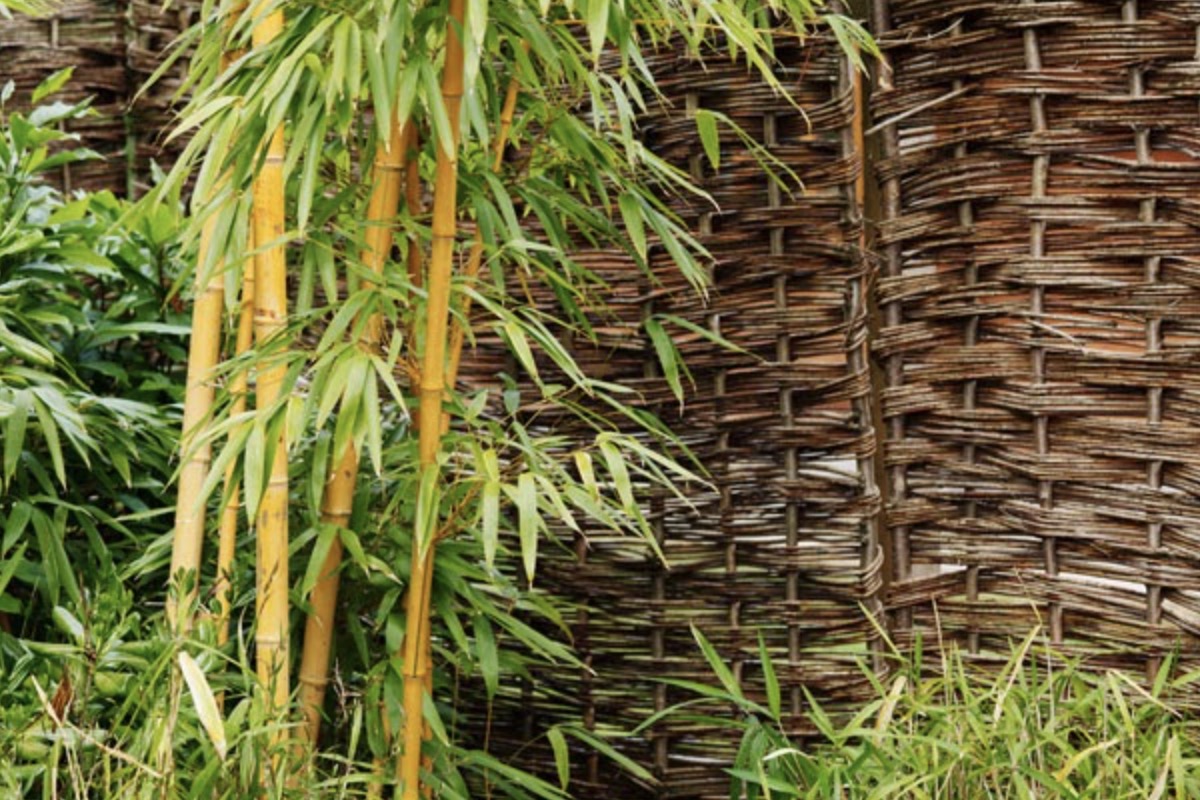
So, let’s look at what tasks you might have to do on an annual basis.
Trimming Your Bamboo Plants
For your bamboo plants to stay healthy and flourishing, you need to trim them periodically in spring. The task is quite easy, as you only need to remove any dead or weak culms at ground level.
Additionally, pruning your bamboo plants will allow more sunlight, rain, and air to the thick center. It creates more spaces for your plants to grow and could result in higher and denser canes. You can also cut elder stems to utilize them (4+ years old) for construction and crafts purposes.
Controlling The Spread
If your bamboo tends to spread uncontrollably, you may need to consider pruning its roots.
To execute this, simply dig up a foot of soil at the spot where you want to restrict your bamboo’s spread and trim back any roots you see here. Running bamboo’s roots resign in the topsoil and are very recognizable. Then, once a year in autumn, dig up this trench and clip any rhizomes attempting to grow through to the other side.
Controlling The Height
This isn’t a compulsory component of the bamboo maintenance routine, but you may find it necessary in case you want your bamboo to stay at a certain height. Trimming it above a node will help your plant look sharp when it would otherwise appear to be partially dead on top. The bamboo below the node will fill out and become the new canopy after trimming it to height.
Troubleshooting
Why Are The Leaves Of My Bamboo Curling Up?
When bamboo leaves curl lengthwise, it indicates that your plant requires more watering. Water it more frequently with a garden hose, and you will see the leaves relax and open up more within one hour or two.
Why Are The Leaves Turning Yellow?
Problematic yellowing bamboo leaves could be due to low soil nutrients, lack of water, overwatering, muddy soil, or even stressful growing conditions. Check the soil regularly if you want your plant to recover from the yellow leaves condition.
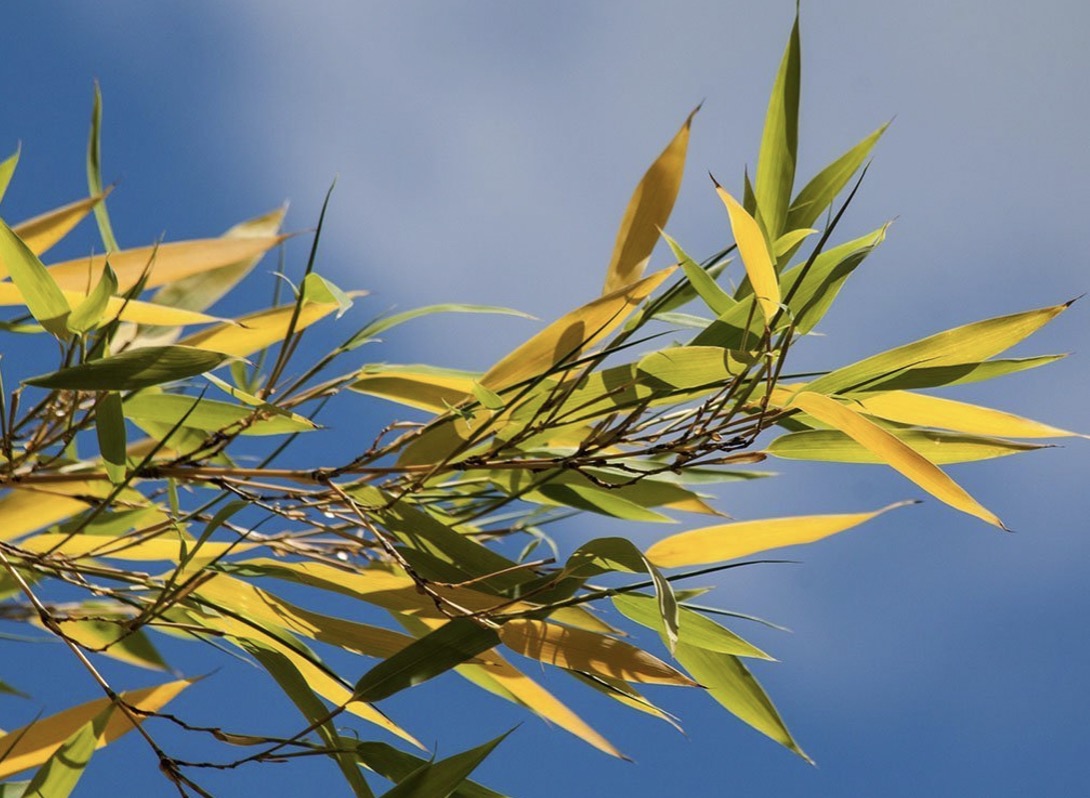
Why Are The Canes Of My Bamboo Plants Turning Brown And Yellow?
Although bamboo is a vigorous plant, some growing circumstances might cause yellowing or browning of the leaves. Browning leaves are normally a warning that your bamboo plants are receiving too much water. In this case, you must cut down on the amount of water immediately.
Aside from this reason, several factors cause the discoloration of your bamboo plants. Harsh weather, dehydration, starvation, bad water quality, bugs, or direct sunlight are possibilities.
Why Is My Bamboo Turning Black?
This is an extremely rare occurrence. If it happens to you, your bamboo is likely suffering from poorly draining soil. The water is pooling on top of the ground and deteriorates the bamboo roots, resulting in black discoloration at the bottom. The best solution is to improve the soil condition.
How Can I Exchange Soil When It Doesn’t Drain Well?
You might need to recover it by determining what is causing the drainage condition. Amend your soil with sand and manure in case it gets hard. Or, when it’s too sandy, you’ll need to add some clay and/or manure. Once you figured it out, get the essential ingredients to resolve the problem.
Can’t handle it? Simply purchase loamy soil and replace the old soil entirely. Dig up the soil surrounding the plants (including the roots system). Last, combine the current soil with the additives and put it back in or refill it with fresh soil.
Conclusion – How To Care For Bamboo Plants
Planting and caring for your bamboo is relatively easy. With the useful tips mentioned above, we believe you now have an overview of how to care for bamboo plants. However, we still encourage you to research your bamboo species carefully to optimize your bamboo garden. Take your time and enjoy your efforts. You will see the true beauty of what a bamboo grove can provide!
Related Articles
Help Us! Share on:




